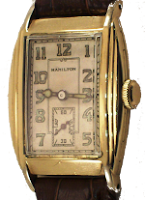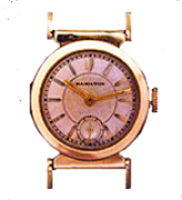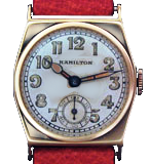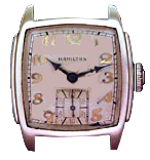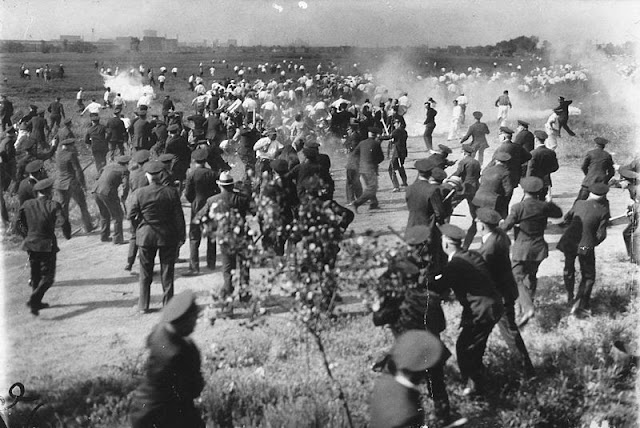You may see many parallels between 1934 and today. We had class warfare economically then and now. In 1934, the richest Americans did see gains in wealth; when government programs suggested a broad-based recovery, rather than money for a few, then companies exploited workers. The new forty hour work-week in 1934 made employers demand the same amount of work in less hours. The garment industry saw this more than other businesses.
The year, 1934, saw 400,000 Americans go on strike to protest the economy and employers stretching the unemployed with low wages, extended hours and brutal working conditions. When the strike began, employers, national guard, contractors and vigilantes shot live ammunition into the crowds and began killing protesters. The antagonists pulled people from their homes and killed them. They evicted thousands and put whole families on the streets. Roosevelt left the situation to the states and never intervened. That’s right, these atrocities happened in the United States of America.
The land of the free and the home of the brave even saw a failed coup attempt to remove the President and place a retired General in the White House. That’s just some of the situations occurring in 1934 1.
Hamilton began to produce new watches in 1934.
Management initiated a low-priced watches and the Dixon fell into low priced strategy. The company built this series to compete against Elgin and Waltham.
“Hamilton’s new group of watches priced well under Hamilton’s customary minimum are exceedingly well designed, sturdily constructed, and carry the popular 987 Hamilton strap watch movement, which is both accurate and dependable. It has 17 extra fine ruby and sapphire jewels, double roller escapement, sapphire pallets, Breguet hairspring and compensation balance. Available in 10K gold filled only in both white and yellow gold filled.produced 39,593 yellow gold-filled Dixon’sand 5,174 white gold-filled Dixon.
|
|
|
||||||
|
|
|
Drake
In 1934, Hamilton described the Drake, which differed from other low-priced watches and gave Hamilton a popular watch with three dial options: applied gold numerals, luminous figures or black figures.
Oxford and Oakley
In 1934, Hamilton produced 138 14K yellow gold and 122 14K white gold Oxfords. Many collectors confused the Oxford and the Oakley as the same watch. Hamilton used the same design with the Oxford in white golfd and the Oakley in yellow. Hamilton produced 53 Oakley models The New Jersey Jewelers Association had one platinum version as a presentation wristwatch.
Prescott
Hamilton enjoyed more success with the Prescott that its other depression-era round watches. previous and later round watches had little success due to the previous offerings dating back to 1917. Cushions contained a round dial but their cases were distinctly “cushion” shaped. Hamilton designed the Prescott with hinged lugs allowing it to curve around the wrist. The introduction of Gruen curvex created a stir in the industry, so any watch that curved with the wrist had popularity.
Hamilton introduced the Palisade in 1930, but other that it, the company offered few others.
The Prescott gave Hamilton a successful “round” wristwatch. Hamilton subsequently began offering “round” models in with the Ellsworth, Winslow and Randolph.
Scott
In 1934, Hamilton released a watch named after Robert F. Scott, the Polar explorer. Like the Dixon, the Scott fell into the low-priced strategy. The Scott’s popularity came form the media exposure of Robert F. Scott.
What went on in Lancaster, PA?
Hamilton began making some impressive wristwatches. The styles needed to fit their clientele. Hamilton went after people with money and mistakenly believed a small, but growing middle class had emerged.
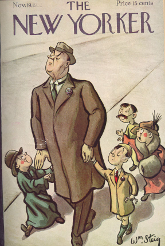 |
| Flaunting Wealth |
The rich created an exacerbated class conflict. Their ostentatious display of wealth – expensive cars, houses, servants and the finest clothes – and their power over working conditions angered the poor. What about the middle-class? They all but disappeared during the Great Depression.
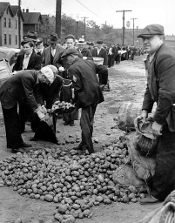 |
| Hundreds in line for a shovel full of potatoes |
The Hamilton Watch Company had one market for wristwatches and it wasn’t the poor.
Note the difference between the rich and poor by the two images to the right and left. On the right, that line of people are receiving one shovel of potatoes. The other image speaks for itself.
One can only imagine the stress on a company like Hamilton, its management and workers.
Googlebooks has Hamilton’s Annual Report for 1934. It would shed light on the company’s view. It’s difficult to find a copy.
Perhaps someone will find it and put a pdf of the report on-line.
Economists suggest that the country began an economic revival in 1934. The economy supposedly grew: GNP rose 7.7 percent, and unemployment fell to 21.7 percent. You have to wonder how the government calculated these figures. Does it really matter? How could one consider an economy turning around with over 20% unemployment.
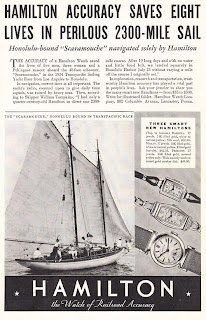 |
| Hamilton’s Market |
Hamilton reported a net income in 1934 while Waltham reported a loss. Let’s just say the 1930’s were brutal and a watch company’s economic results seem insignificant in the context of a depression. Still, Hamilton made some watches in that year that still intrigue collectors.
1 On July 17, 1932, thousands of World War I veterans converged on Washington, D.C., set up tent camps,
and demanded immediate payment of bonuses due them according to the World War Adjusted Compensation Act of 1924 (the original act made the bonuses initially due no earlier than 1925 and no later than 1945). Walter W. Waters, a former Army sergeant, led this “Bonus Army”.
The Bonus Armywas encouraged by an appearance from retired Marine Corps Major General Smedley Butler; as a
popular military figure of the time, Butler had some influence over the veterans. A few days after Butler’s
arrival, President Herbert Hoover ordered the marchers removed, and U.S. Army cavalry troops
under the command of General Douglas MacArthur destroyed their camps.
Butler, although a self-described Republican, responded by supporting Franklin D. Roosevelt in the 1932 U.S. presidential election. By 1933 Butler started denouncing capitalism and bankers, saying as a Marine general he was “a racketeer for capitalism”.
McCormack–Dickstein Committee
The Committee began examining evidence on November 20, 1934. On November 24, the committee released a statement detailing the testimony it had heard about the plot and its preliminary findings. On February 15, 1935, the committee submitted its final report to the House of Representatives. During the McCormack–Dickstein Committee hearings, Butler testified that Gerald C. MacGuire attempted to recruit him to lead a coup, promising him an army of 500,000 men for a march on Washington, D.C., and financial backing. Butler testified that the pretext for the coup would be that the president’s health was failing. Despite Butler’s support for Roosevelt in the election and his reputation as a strong critic of capitalism, Butler said the plotters felt his good reputation and popularity were vital in attracting support amongst the general public and saw him as easier to manipulate than others. Though Butler had never spoken to them, Butler implicated several prominent businessmen and veteran leaders as
backers of the plot.
Another Example to consider
In the Memorial Day massacre of 1937, the Chicago Police Department shot and killed ten unarmed demonstrators in Chicago, on May 30, 1937. The incident took place during the “Little Steel Strike” in the United States.
The incident arose after U.S. Steel signed a union contract but smaller steel manufacturers (called ‘Little Steel’), including Republic Steel, refused to do so. In protest, the Steel Workers Organizing Committee (SWOC) of the Congress of Industrial Organizations (CIO) called a strike.
On Memorial Day, hundreds of sympathizers gathered at Sam’s Place, headquarters of the SWOC. As the crowd marched across the prairie towards the Republic Steel mill, a line of Chicago policemen blocked their path. The foremost protesters argued their right to continue. The police, angered, fired on the crowd. As the crowd fled, police bullets killed ten people and injured 30. Nine people were permanently disabled and another 28 had serious head injuries from police clubbing.
Years later, one of the protesters, Mollie West, recalled a policeman yelling to her that day, “Get off the field or I’ll put a bullet in your back.”
No policemen were ever prosecuted.
Copyright 2006-2017 | All Rights Reserved


